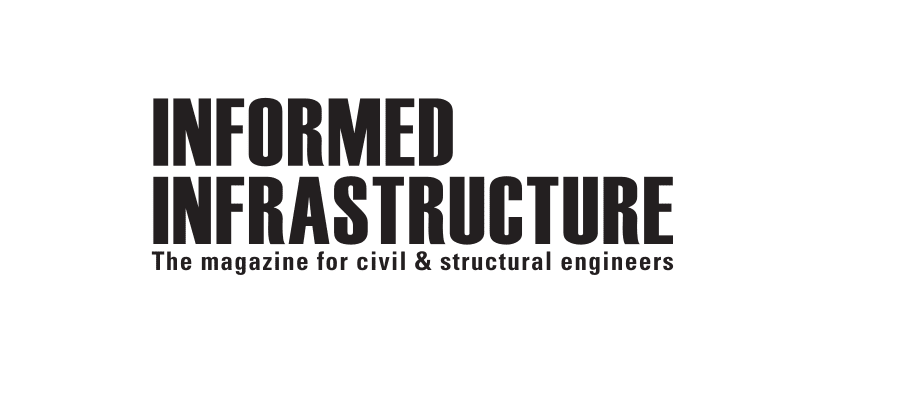Free registration required before viewing this course
Already have an account? Click here to log in.
Industry-Leading Geomembrane Construction Quality Assurance: Electrical Leak Location Methods
Course Information
Geomembranes are used in large-scale containment facilities such as landfills, wastewater ponds, mining applications, secondary fuel storage and potable water reservoirs. The protection of groundwater and the preservation of water resources depends on these thin barriers that are extremely vulnerable to damage. When a geomembrane contains even a small number of leaks—along with wrinkles that are typical in geomembrane installations—it performs only slightly better than a low-permeability soil liner (Giroud and Wallace, 2016).
Statistics show that typical Construction Quality Assurance (CQA) protocols that don’t include leak location surveys aren’t enough to ensure a geomembrane is intact at the conclusion of construction activities. Leaks caused by poor seaming methods, knife slices, punctures and equipment damage are routinely found by Electrical Leak Location (ELL) surveys.
CQA efforts typically are focused on the seams, whereas ELL surveys can test 100 percent of the lined area for leaks, both before and after cover material placement. The most-significant damage—caused by equipment while placing cover material—can’t be detected in any other way. Even with careful construction methods and a high level of CQA, there’s no guarantee a geomembrane has been installed without leaks unless ELL methods are applied as part of project construction.
Author
Abigail Gilson, P.E., and Jimmy YoungbloodLearning Objectives
This article focuses on the unique considerations required for three-sided, prefabricated concrete structures installed below grade along with general site considerations for bridge construction. At the conclusion of this article, the reader should be able to understand the following:
• How Electrical Leak Location (ELL) methods work
• The basic principles of ELL testing methods.
• What are the available ELL methods.
• How to specify project-specific methods and materials.
Already have an account? Click here to log in.





